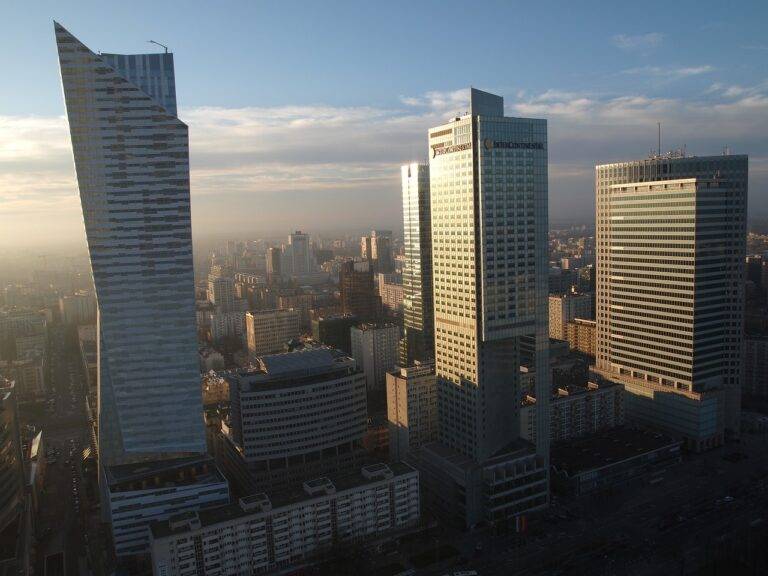The Impact of Urbanization on Retail Trends
The urban retail landscape is constantly evolving due to various factors influencing consumer behavior and market trends. One key driver of change is the rapid advancement of technology, which has revolutionized the way people shop in urban areas. The rise of e-commerce platforms and mobile shopping apps has provided consumers with convenient alternatives to traditional brick-and-mortar stores, reshaping the competitive dynamics of the retail sector.
Another significant factor shaping the urban retail landscape is shifting demographics and lifestyle preferences. As urban populations continue to grow and diversify, retailers are adapting their offerings to cater to changing consumer needs and preferences. The increasing demand for experiential shopping experiences, personalized services, and sustainable products has led to a rise in innovative retail concepts and formats in urban areas.
Shift in consumer preferences in urban areas
In urban areas, consumer preferences are constantly evolving, shaping the retail landscape in significant ways. Today’s urban consumers are increasingly seeking convenience and efficiency in their shopping experiences. As a result, there is a noticeable shift towards online shopping and e-commerce platforms, driven by the ease of browsing and purchasing goods from the comfort of one’s home or on-the-go.
Moreover, urban consumers are placing greater emphasis on sustainability and ethical consumption practices. This has led to a rise in demand for eco-friendly products, locally sourced goods, and transparent supply chains. Retailers in urban areas are adapting to these changing preferences by offering sustainable options and highlighting their commitment to social and environmental responsibility in order to attract and retain eco-conscious consumers.
Challenges faced by traditional brick-and-mortar retailers in urban settings
In recent years, traditional brick-and-mortar retailers in urban settings have encountered numerous obstacles in their quest for sustainable success. One key challenge lies in the fierce competition from e-commerce giants like Amazon, who offer convenience and endless choices at the click of a button. This has forced traditional retailers to revamp their strategies and find ways to differentiate themselves in order to attract and retain customers.
Moreover, rising rental costs in urban areas have placed a heavy financial burden on brick-and-mortar retailers, especially small businesses. As property prices soar, retailers find themselves struggling to afford prime locations, which are crucial for visibility and foot traffic. This, in turn, has forced many retailers to either downsize their operations, raise their prices, or even close down altogether, further shrinking the already limited physical retail space in urban settings.







